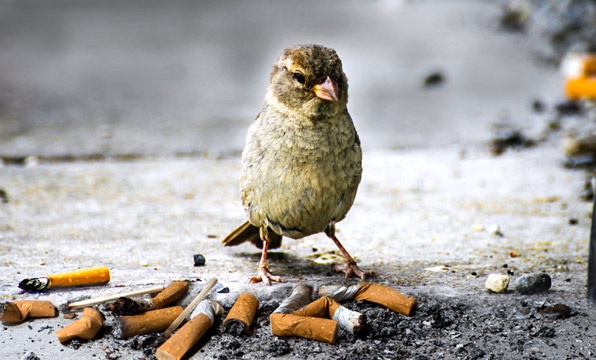In nature, animals have developed various and extraordinary methods to cope with disease and parasites. These methods show how complex and impressive their survival strategies are.
Woolly Bear Caterpillars Use Poisonous Plants to Rid Themselves of Parasitic Flies
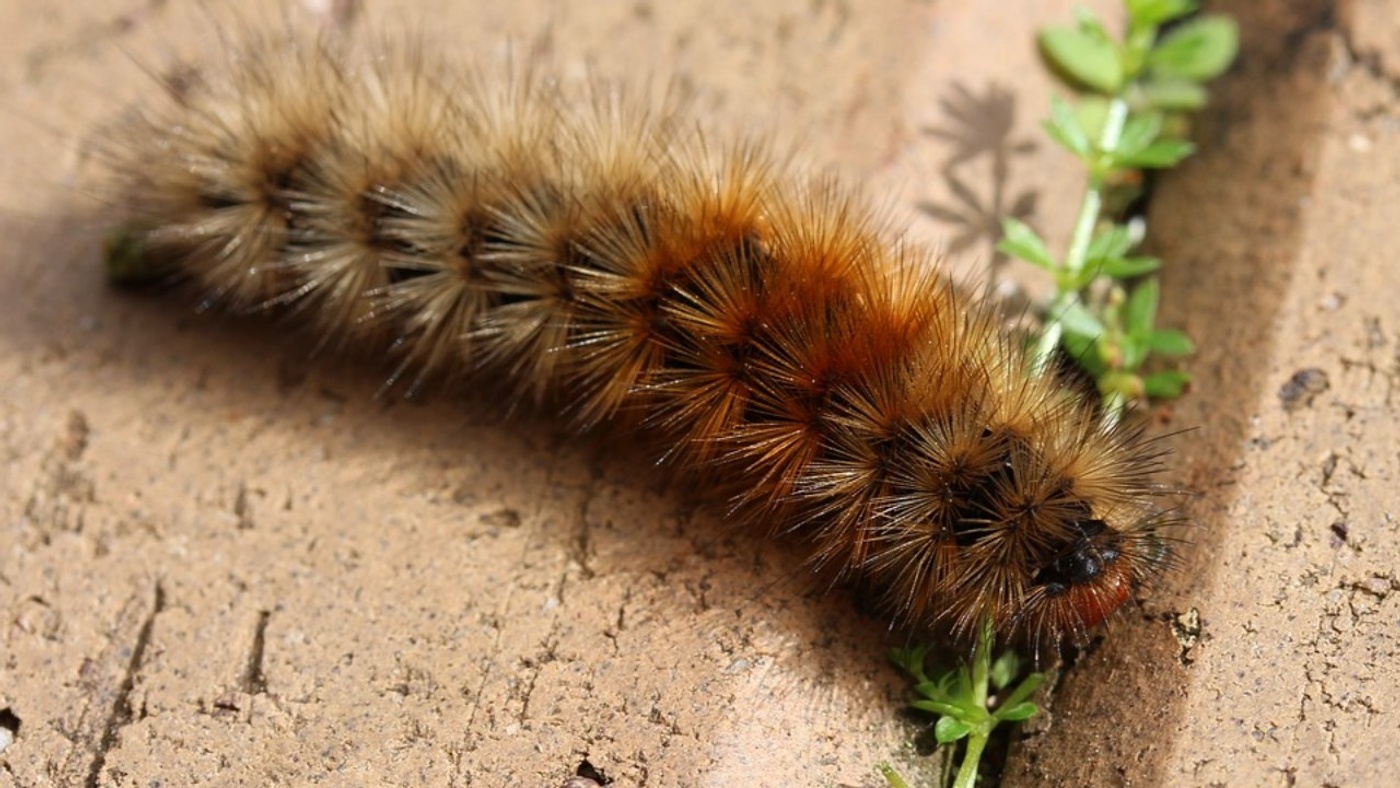
Our first example is the woolly bear caterpillars living in Arizona. According to biologist Michael Singer’s observations, these caterpillars feed on various plants they normally wouldn’t choose. Research has shown that this strange behavior developed because they are infected with parasitic flies. By consuming plants containing pyrrolizidine alkaloids, which are poisonous, the caterpillars rid themselves of these deadly parasites. Experiments show that caterpillars fed with these alkaloids are better able to escape the parasites.
Lemurs and Capuchin Monkeys’ Method to Fight Millipedes
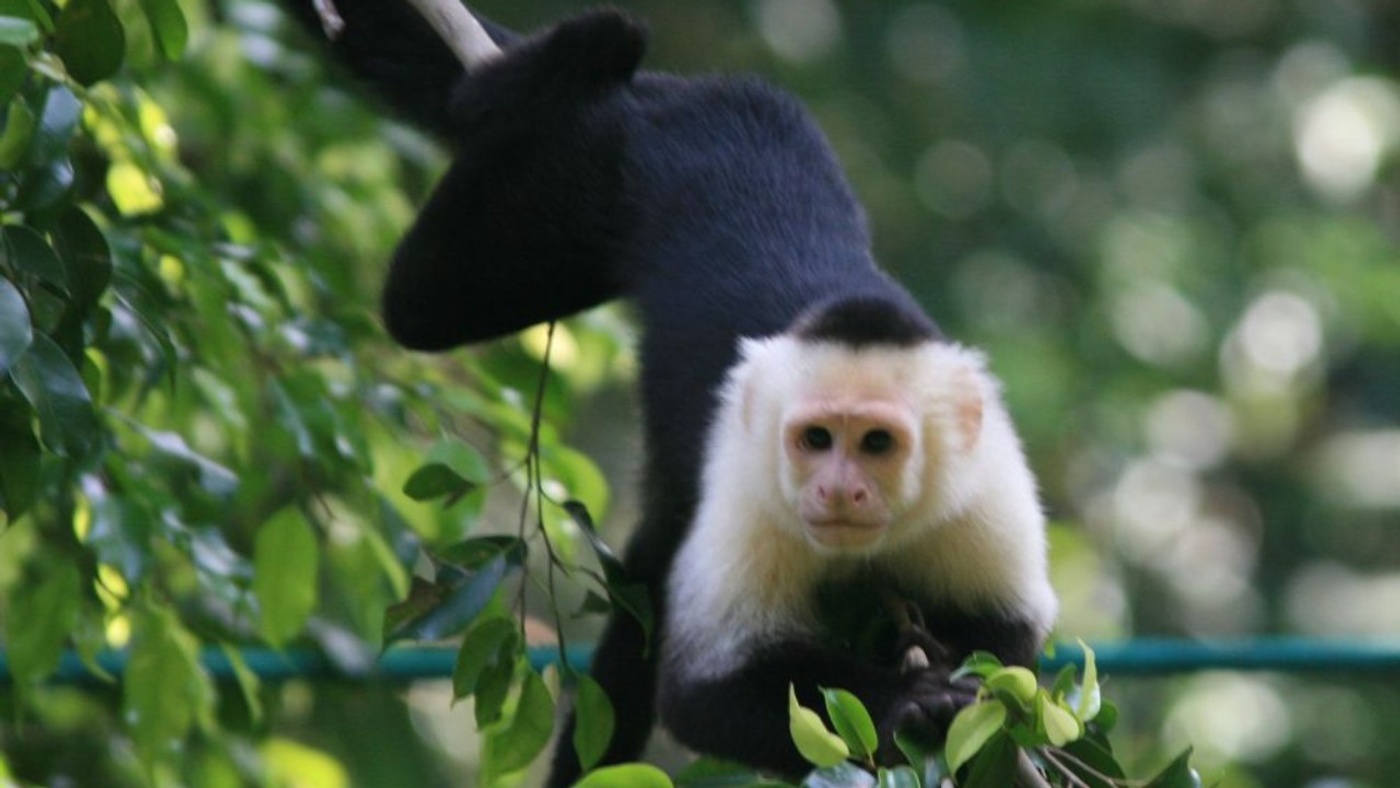
Lemurs in Madagascar and capuchin monkeys in South America crush millipedes and rub the resulting liquid into their fur. This liquid has been found to contain toxic chemicals that repel mosquitoes. Whether this is a conscious strategy for the animals to combat infections and insect bites has not yet been conclusively determined by scientists.
Mexico City Birds’ Use of Cigarette Butts
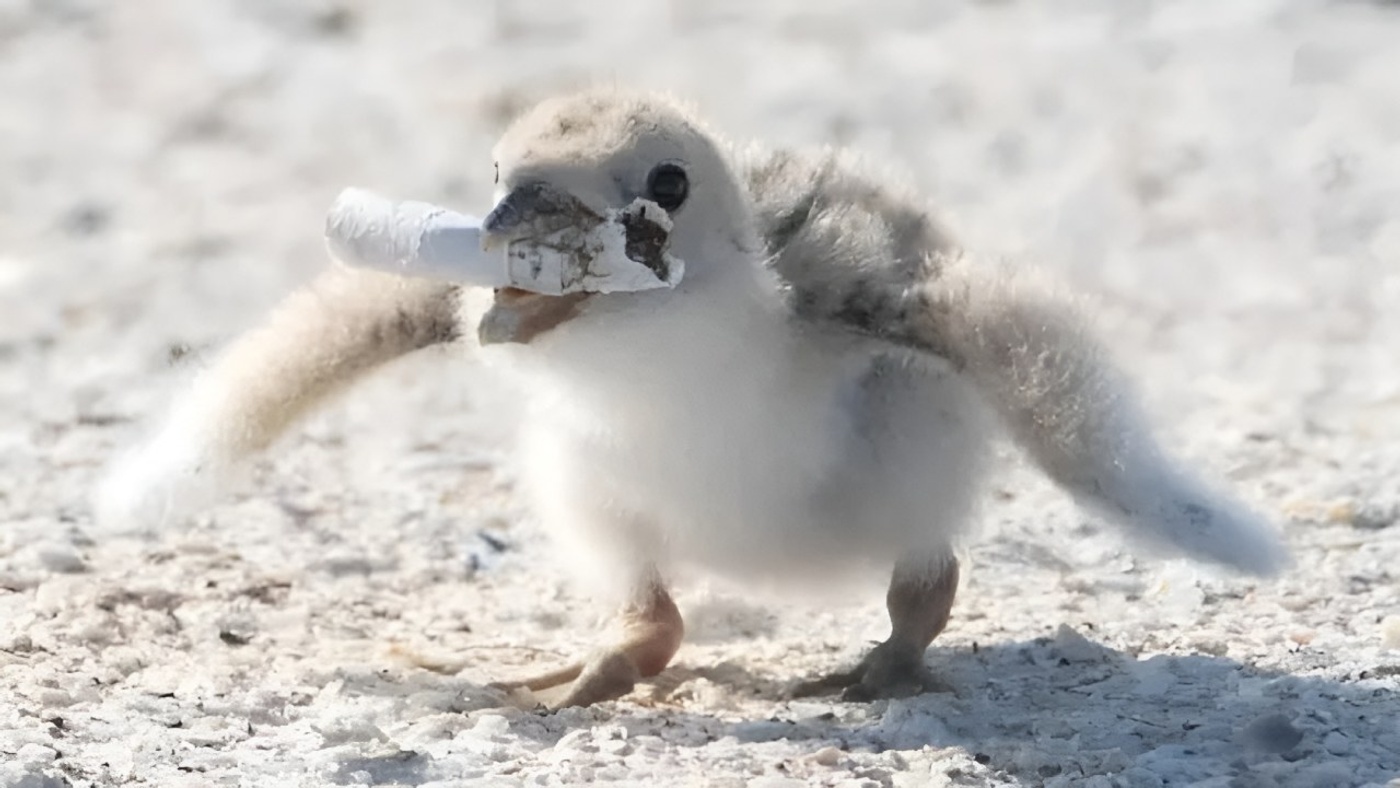
Birds in Mexico City use cigarette butts to protect their nests. The nicotine contained in tobacco keeps parasites away but may have negative effects on the birds’ health. However, studies show that nests made with cigarette butts attract fewer harmful insects.
Self-Medication Method of Gabon Chimpanzees
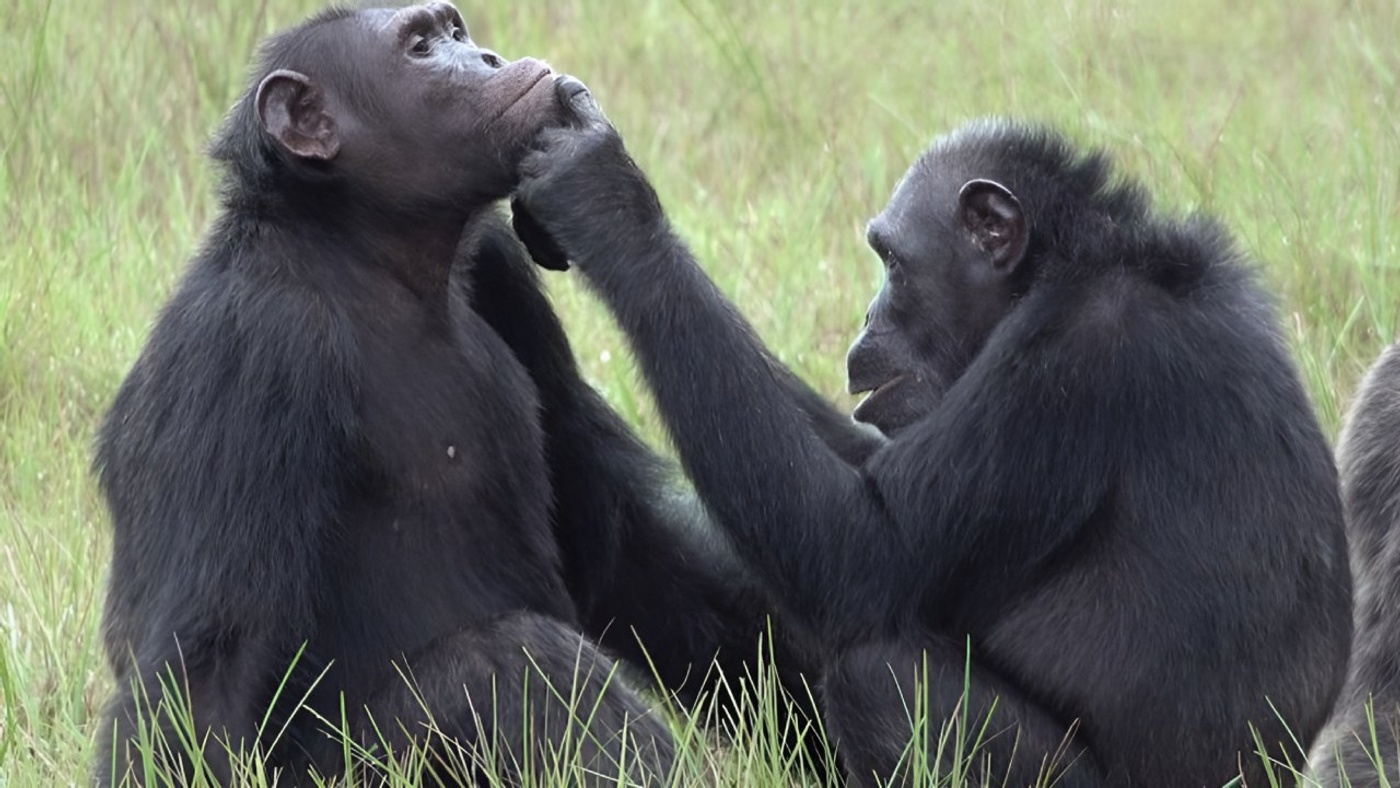
Chimpanzees in Gabon use crushed insects to heal their wounds. This behavior is thought not to be coincidental and is considered a social learning process. The applied insects have been observed to contribute to the healing process.
Monarch Butterflies’ Protective Egg Placement
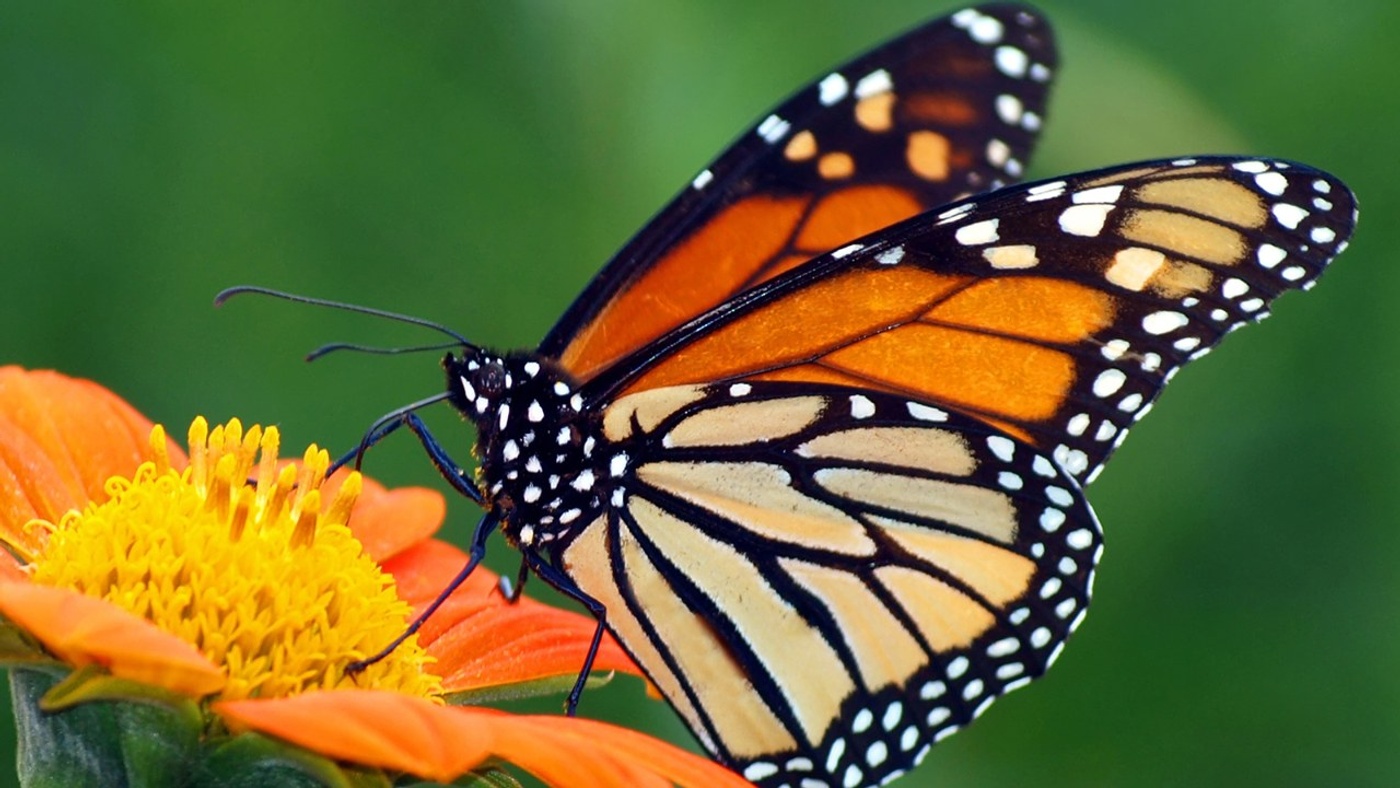
Finally, the Monarch butterflies. When infected, they lay their eggs on poisonous milkweed plants. These plants help protect the larvae from infection. This behavior of butterflies once again demonstrates how widespread self-healing mechanisms are in the animal kingdom.
These examples show how animals develop their own treatment methods and how diverse their survival struggles in nature are. The scientific community continues to work to more deeply understand such behaviors.
Source: National Geographic


